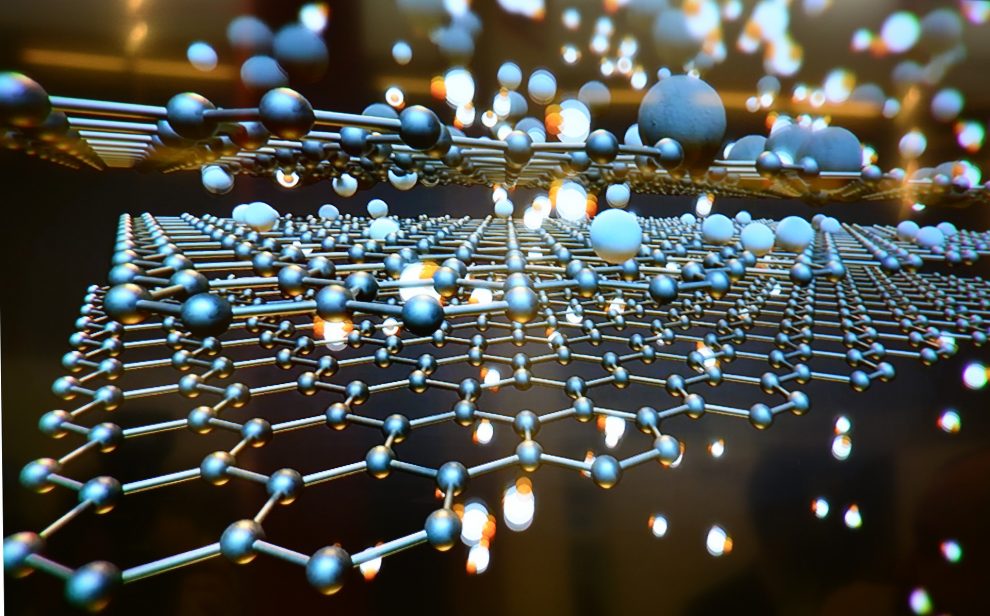Almost 20% of energy in solar radiation is unavailable to silicon based solar cells
The newly created graphene film can absorb sunlight at an efficiency of above 90% and also eradicates loses due to IR (infrared) thermal emissions
A team of researchers from the Centre for Translational Atomaterials (CTAM) have generated a new graphene-based film. The newly created graphene film can absorb sunlight at an efficiency of above 90%. The film also eradicates loses due to IR (infrared) thermal emissions, which is a first in the field of solar energy technology. The CTAM is a part of the Swinburne University of Technology in Melbourne, Australia.
Solar radiation contains ultraviolet (UV) radiation and infrared (heat) radiation. However, thermal radiation from the sun is not completely harnessed by silicon solar cells. Almost 20% of energy in solar radiation is unavailable to silicon based solar cells. These silicon solar cells cannot harness the short-wavelength IR radiation for generating power. This issue has been tackled with the development of these new graphene-based films by CTAM.
The newly developed graphene film acts as a solar heating metamaterial which heats up swiftly to around 83 degrees Celsius in an open environment and the heat loss is as low as it gets. Applications for the films are: harvesting and storing thermal energy; thermoelectricity generation; and desalination.
“Suppressing thermal emission loss—also known as blackbody radiation—while simultaneously absorbing solar light is critical for an efficient solar thermal absorber but is extremely challenging to achieve,” says Baohua Jia, founding director of CTAM. “That’s because, depending on the absorbed heat and properties of the absorber, the emission temperature differs, which leads to significant differences in its wavelength,” she explains. “But we’ve developed a three-dimensional structured graphene metamaterial (SGM) that is highly absorbent and selectively filters out blackbody radiation.”
“In our previous work, we demonstrated a 90 nanometre graphene heat-absorbing material,” says Baohua. “Though it could heat up to 160 degrees C, the structure was more complicated four layers: a substrate, a silver layer, a layer of silicon oxide, and a graphene layer. Our new two-layer structure is simpler and doesn’t require vacuum deposition. And the method of fabrication is scalable and low cost.”
The three dimensional structured graphene metamaterial has a 30 nanometre (nm) thick film of alternating graphene and dielectric layers deposited on a nanostructure that doubles up as a copper substrate to increase absorption.
The graphene film can absorb light in the range of 0.28 to 2.5 micrometre in wavelength. The copper substrate is structured to function as a selective bandpass filter. A bandpass filter is a filter that allows wavelengths within a certain range to pass through and rejects wavelengths outside of that range. This copper substrate suppresses the emission of internally generated thermal emissions (blackbody energy). This internally trapped heat raises the temperature of the metamaterial which can then rapidly heat up to 83 degrees Celsius. The newly developed material uses less graphene, reducing the thickness to one third, helping in transferring the trapped heat to other material more easily. The film is hydrophobic . This helps in self-cleaning. The graphene also prevents corrosion of the copper film thus extending the shelf life of the graphene based metamaterial.
Other applications for this new metamaterial include thermoelectricity generation, wastewater cleaning, steam generation, energy harvesting and conversion applications. The drawback, however, is the manufacturing methodology to make the invention scalable is still to be figured out. According to the researchers, commercialization of the new technology will be feasible in a couple of years.
Graphene is a monolayer of carbon atoms that are bound together in a hexagonal honeycomb lattice layout. Graphene is an allotrope (chemically same but physically different form) of carbon and layers of the allotrope stacked one on top of the other form graphite. Graphene is the thinnest compound (one atom thickness); it is the strongest compound; the best conductor of heat at room temperature; and the best conductor of electricity known today.














Add Comment